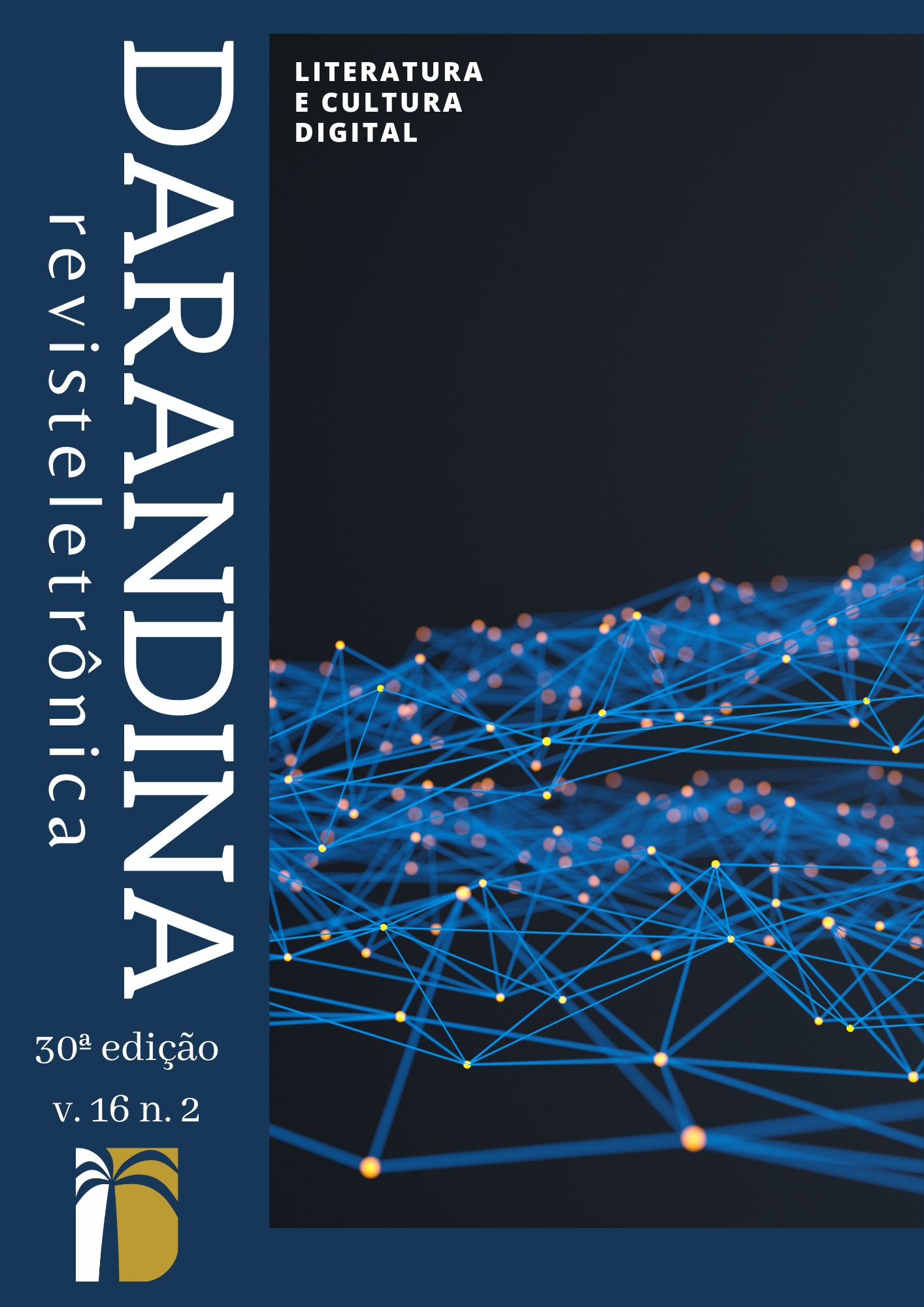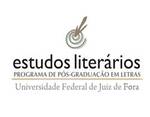A POESIA ÉPICA EM CHILD OF LIGHT: O JOGO COMO EPOPEIA DIGITAL
DOI:
https://doi.org/10.34019/1983-8379.2023.v16.42089Keywords:
Child of Light, Intermidialidade, Jogos eletrônicos, Literatura, OdisseiaAbstract
The electronic game is present in the daily life of many children, adolescents, young adults and adults, who keep with the act of playing, mainly, a relation of entertainment and, in some other cases, of competitiveness or economic activity. In many cases, especially on games of the RPG (roleplaying game) genre, the narrative element prevails over the structural part. The present research has the objective of analyzing the electronic game Child of Light and comparing it to the epopee Odissey, by Homer, identifying the thematic and formal characteristics of the epic genre, more especifically the epopee, common to both works. This comparison will be made with the intention of defining the game as a digital epopee and thus, propose its use as a resource for the teaching of literature in Basic Education. In theoretical terms, the research grounds itself on studies of literary theory, media, games, especially the concepts of intermediality on Irina Rajewsky (2012); and epic and epopee on Aristotle. In methodological terms, its procedure is bibliographic.
Downloads
References
ANDREWS, Jim. Video Games as Literary Devices. Disponível em: https://www.vispo.com/writings/essays/VideogamesAsLiteraryDevices.pdf/. Acesso em 25 mar. 2023.
ARISTÓTELES. Poética. 2. ed. Tradução Paulo Pinheiro. São Paulo: Editora 34, 2017.
HOMERO. Odisseia. Tradução Frederico Lourenço. São Paulo: Penguin Classics, Companhia das Letras, 2011.
ISER, Wolfgang. O jogo do texto. In: LIMA, Luiz Costa (org.). A literatura e o leitor: textos de estética da recepção. Rio de Janeiro: Paz e Terra, 2002.
JUUL, Jesper. The game, the player, the world: looking for a heart of gameness. In: Level up: digital games research conference proceedings, Marinka Copier and Joost Raessens (EE.), 30-45. Utrecht: Utrecht University, 2003. Disponível em: http://www.jesperjuul.net/text/gameplayerworld/. Acesso em 22 jun. 2023.
LIBÂNEO, José Carlos. Metodologias ativas: a quem servem? Nos servem? In: LIBÂNEO, José Carlos; ROSA, Sandra Valéria Limonta; ECHALAR, Adda Daniela Lima Figueiredo; SUANNO, Marilza Vanessa Rosa (Orgs.). Didática e formação de professores: embates com as políticas curriculares neoliberais. Goiânia: Cegraf UFG, 2022. p. 38-46. Disponível em:
https://publica.ciar.ufg.br/ebooks/edipe2_ebook/artigo_10.html. Acesso em 28 ago. 2023.
LUZ, Alan Richard da. Gamificação, motivação e a essência do jogo. In: SANTAELLA, Lucia; NESTERIUK, Sérgio; FAVA, Fabricio (Orgs.). Gamificação em debate. São Paulo: Blucher, 2018.
MCGONIGAL, Jane. A realidade em jogo. Tradução Eduardo Rieche. Rio de Janeiro: BestSeller, 2012.
MOISÉS, Massaud. Dicionário de Termos Literários. 12. ed. São Paulo: Cultrix, 2013.
MURRAY, Janet H. Hamlet no Holodeck: o futuro da narrativa no ciberespaço. Tradução de: Elissa Khoury Daher, Marcelo Fernandez Cuzziol. São Paulo: Itaú Cultural: Unesp, 2003.
RAJEWSKY, Irina. Intermidialidade, Intertextualidade e “Remediação”: uma perspectiva literária sobre a intermidialidade. Tradução Thaïs Flores Nogueira Diniz & Eliana Lourenço de Lima Reis. In: DINIZ, Thaïs. (org.). Intermidialidade e Estudos Interartes: desafios da arte contemporânea. Belo Horizonte: UFMG, 2012, p. 15 - 45.
RAMAZZINA-GHIRARDI, Ana Luiza. Intermidialidade: uma introdução. São Paulo: Contexto, 2022.
RANHEL, João. O conceito de jogo e os jogos computacionais. In: SANTAELLA, Lucia; FEITOZA, Mirna (orgs.). Mapa do Jogo: a diversidade cultural dos games. São Paulo: Cengage Learning, 2009.
UBISOFT. Child of Light. 2014.
Downloads
Published
How to Cite
Issue
Section
License
Copyright (c) 2023 Adriano Carlos Moura, Olair Muniz Barreto Neto

This work is licensed under a Creative Commons Attribution 4.0 International License.

Este trabalho está licenciado sob uma licença Creative Commons Attribution 4.0 International License.
Direitos Autorais
Autores que publicam nesta revista concordam com os seguintes termos:
1. Autoras e autores mantêm os direitos autorais e concedem à revista o direito de primeira publicação, sendo esta licenciada sob a Creative Commons Attribution License 4.0 Internacional.
2. Autoras e autores têm permissão e são estimuladas(os) a publicar e compartilhar o trabalho com reconhecimento da publicação inicial nesta revista.
3. Autoras e autores dos trabalhos aprovados autorizam a revista a ceder o conteúdo de seus trabalhos, após sua publicação, para reprodução em indexadores de conteúdo, bibliotecas virtuais e similares.
Para mais informações sobre a Creative Commons Attribution 4.0 International License, acessar: https://creativecommons.org/licenses/by/4.0/



















